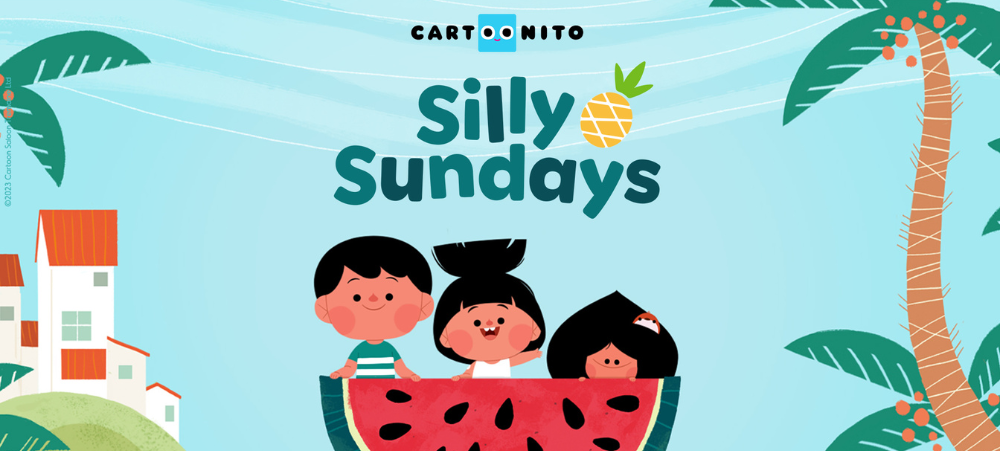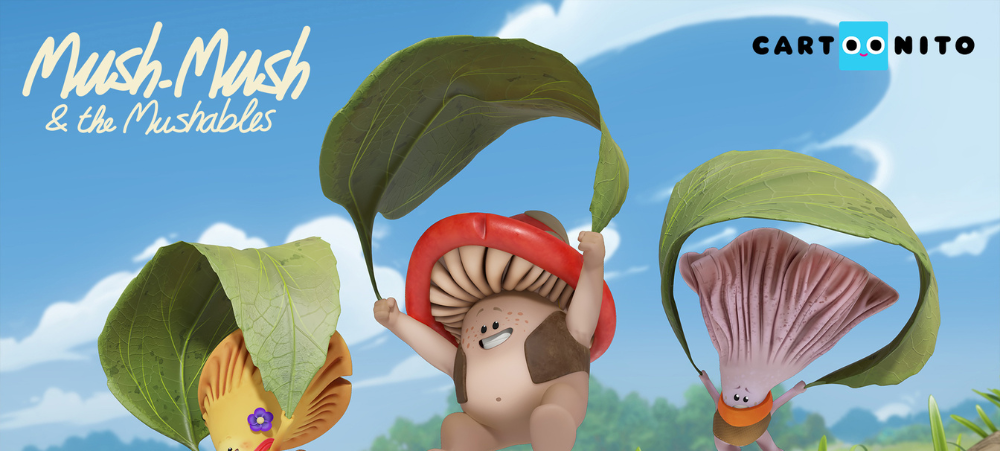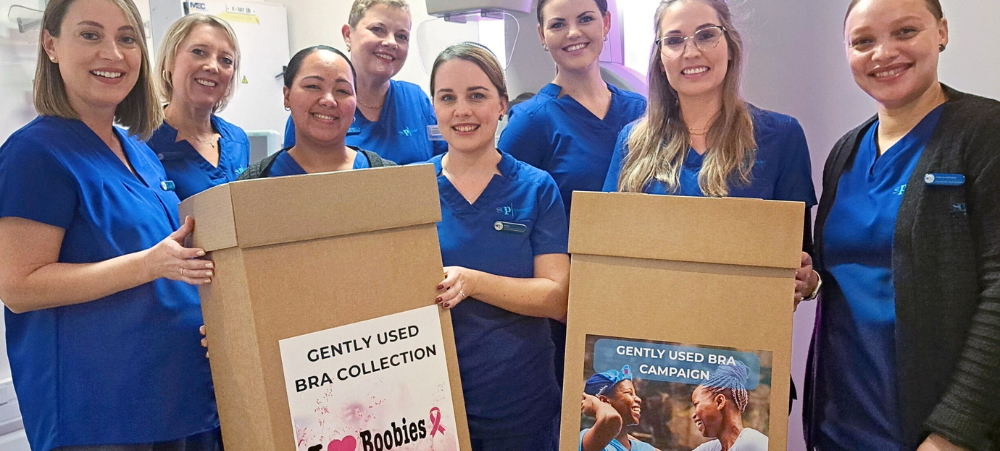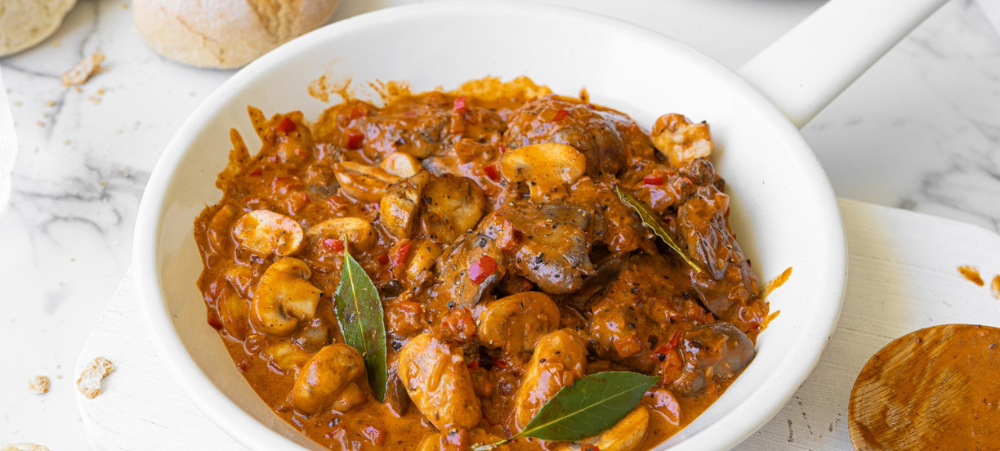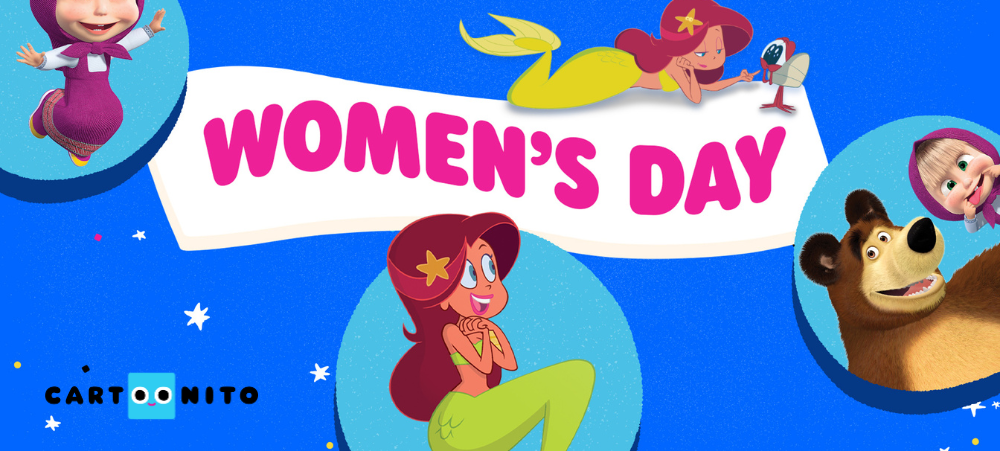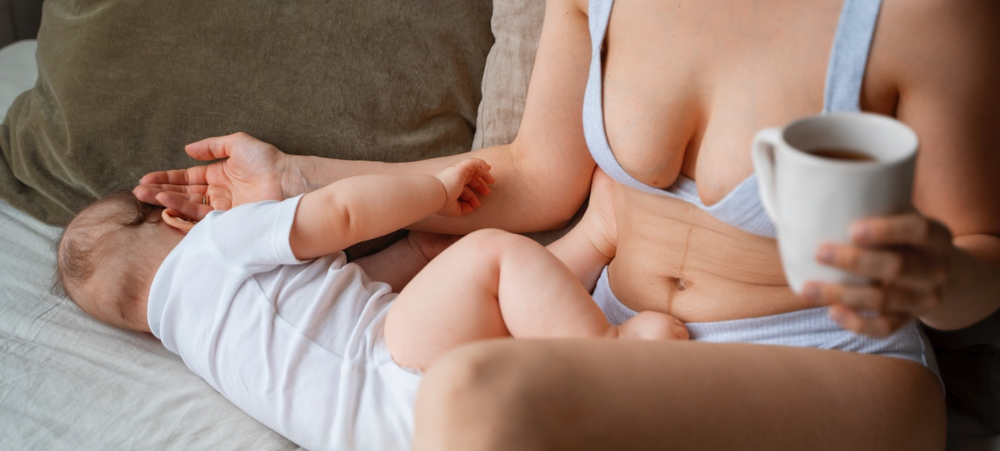
The Unspoken Struggles of Postpartum Skin – How to Restore Hydration and Elasticity After Birth
Hormonal acne, dryness, pigmentation — new moms face more than sleepless nights. Stretch marks and sleepless nights aren’t the only things women face after giving birth. For many new mothers, the postpartum period brings a whole new set of challenges — and one of the least talked about is what happens to your skin. “Postpartum skin issues are incredibly common, yet so few people talk about them,” says a spokesperson for Sanosan, the trusted baby and mother skincare brand known for its high-quality products with a focus on natural ingredients. “New moms are often surprised by how dramatically their skin changes — from dry, flaky patches and pigmentation, to oiliness and breakouts that make them feel like they’re going through puberty again.” It all comes down to hormones. During pregnancy, elevated levels of oestrogen and progesterone help your skin look and feel great — often giving rise to the famous “pregnancy glow”. But once your baby is born and hormone levels plummet, your skin can be left feeling dull, dry, and irritated. Here are some of the most common skin changes postpartum: While you can’t control your hormones, you can take steps to support your skin’s recovery. According to Sanosan, the key is gentle care and hydration. “Many new moms are tempted to use harsh scrubs or active ingredients to ‘fix’ their skin quickly, but this often makes things worse. Your skin needs time, nourishment, and support — just like the rest of your body after birth.” Here are a few expert-approved tips: Perhaps the most important message for new moms? You are not alone. Too often, women feel guilty for caring about how they look after birth. But wanting to feel comfortable in your skin again doesn’t make you vain — it’s part of healing. Taking care of your skin can be a small but powerful act of self-care in a time that’s otherwise all about giving. So whether it’s dryness, dark spots or stubborn breakouts — know that it’s normal. With the right care, your skin will find its balance again. Now available in South Africa, Sanosan is a German family-owned company specializing in baby, mama, and kid skincare products, focusing on natural ingredients and gentle formulas for healthy skin. They emphasize quality, safety, and sustainability in their products, aiming to provide the best care for babies, children, and mothers. Using active ingredients specially tailored to your baby’s skin, natural milk protein is the central ingredient in Sanosan and is especially nourishing. More than 90 % of the ingredients are of natural origin such as organic olive oil, and the formulations are biodegradable. Safety first: all products are clinically tested and are free from parabens, silicones, paraffins, SLS / SLES and phenoxyethanol. Sanosan is available from Clicks Baby and Online stores, takealot.com, Makro Online

